What Are The Parts Of A Hinged Pipe Vice?
The jaws, which are located at the top of the vice, grip the pipe securely during various tasks. Hinged pipe vices are commonly used in plumbing and metalworking to hold pipes firmly in place for cutting, threading, and other operations.
They are essential tools for professionals in these industries, as they ensure accuracy and stability during pipe work. Hinged pipe vices are designed to withstand heavy-duty use and provide a secure grip, making them a valuable asset for any professional tradesperson.
The Basics Of A Hinged Pipe Vice
A hinged pipe vice consists of several essential components, each playing a specific role in its functionality. The jaws of the vice are the main parts that grip the pipe securely, preventing it from slipping or turning. They are typically made of hardened steel, ensuring durability and strength.
The handle allows the user to tighten and release the jaws, providing control and ease of use. The hinged mechanism connects the jaws to the base, enabling them to open and close smoothly. A locking nut helps maintain the desired tension and prevent any unintended movement.
Overall, a hinged pipe vice is vital for securely holding pipes during various applications, such as cutting, threading, or bending. Its sturdy construction and reliable grip make it indispensable in plumbing, construction, and other related industries.
Essential Components Of A Hinged Pipe Vice
The hinged pipe vice consists of several essential components. First, there are the hinged jaws, which securely hold the pipe in place. Then, there is the screw handle that tightens the jaws around the pipe. The slide bar allows for smooth movement and adjustment of the jaws.
The main body of the vice houses all these components and provides stability. Finally, the bolt or clamp mechanism ensures that the vice remains securely attached to a workbench or other surface. All these parts work together to create a reliable and functional hinged pipe vice, making it an indispensable tool for a variety of pipe-related tasks.
Additional Features And Accessories
A hinged pipe vice comes with additional features and accessories to enhance its functionality. One of these features is a swivel base, which allows for easy rotation and positioning of the pipe during work. Another important component is the pipe rest or support bars, which provide stability and prevent the pipe from slipping.
The vice also includes replaceable jaws that can be adjusted to securely hold pipes of different diameters. To protect the pipes from damage, jaw liners or protectors are often used. Additionally, some hinged pipe vices may have pipe bending and cutting attachments, making them versatile tools for various pipe-related tasks.
These accessories greatly contribute to the effectiveness and convenience of using a hinged pipe vice for plumbing and other pipe installation jobs.
Benefits Of Different Parts And Features
The hinged pipe vice is composed of various essential parts that contribute to its effective functioning. The hinged jaws play a pivotal role in securely gripping the pipes, ensuring efficient handling and stability. A sturdy screw handle is crucial as it enables easy tightening and loosening of the jaws, facilitating smooth operation.
A durable slide bar is necessary for providing a strong and stable base, preventing any unnecessary movement during pipe gripping. The addition of a swivel base enhances the vice’s versatility, allowing for flexible positioning and accommodating different angles. Furthermore, the inclusion of pipe rest and support bars further enhances the functionality, providing additional stability and support when working with pipes.
Altogether, these various parts and features make the hinged pipe vice a reliable and efficient tool for pipe gripping tasks.
Maintenance Tips For A Hinged Pipe Vice
A hinged pipe vice consists of several key parts that require regular maintenance. Cleaning and inspecting the vice is essential to ensure its proper functioning. This involves removing any dirt or debris that may accumulate on the vice. Lubricating the moving parts is important to prevent rust and enable smooth operation.
It is also crucial to check for proper alignment and tightness of the different components. Misalignment can lead to inefficiency and damage. If any parts are worn out, they should be replaced or repaired promptly. Neglecting maintenance can result in decreased performance and the need for costly repairs.
By following these maintenance tips, you can prolong the lifespan and effectiveness of your hinged pipe vice.
Conclusion
Understanding the different parts of a hinged pipe vice is essential for anyone involved in plumbing or pipefitting work. The main components of a hinged pipe vice include the jaws, handle, hinged frame, and base. Each part plays a crucial role in securely holding pipes in place so that cutting, threading, or other necessary operations can be carried out efficiently.
The jaws provide a firm grip, while the handle allows for easy adjustment and tightening. The hinged frame ensures flexibility in accommodating different pipe sizes, and the base adds stability and support. By familiarizing yourself with these components, you can ensure the proper functioning of a hinged pipe vice and achieve accurate and professional results.
So, whether you are a professional plumber, a diy enthusiast, or someone interested in learning more about plumbing tools, having knowledge of the different parts of a hinged pipe vice will undoubtedly enhance your skill set.

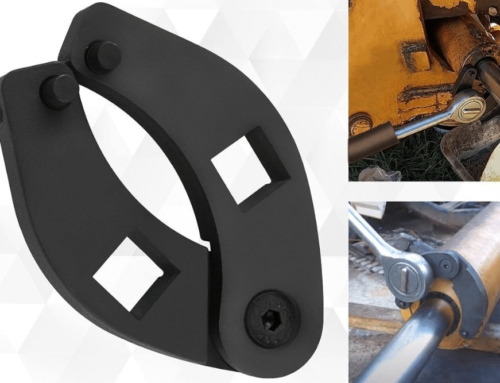
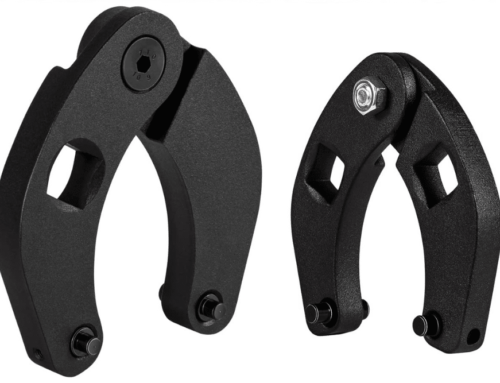
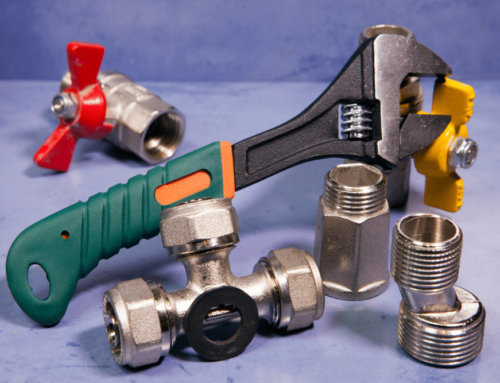
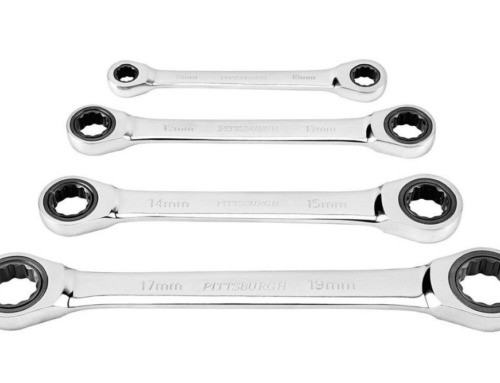
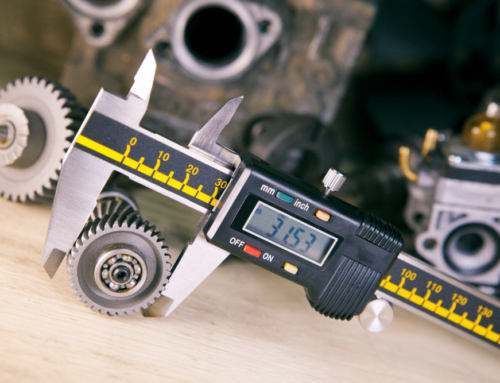
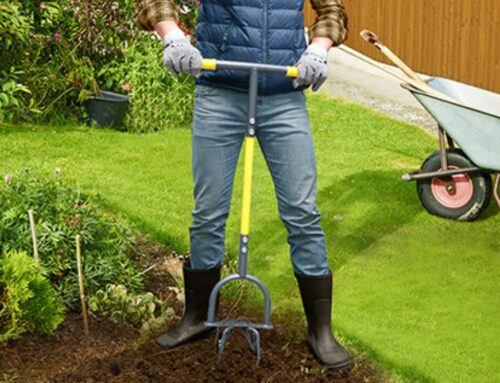
Leave A Comment